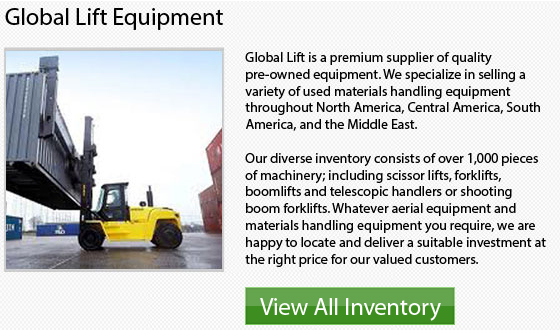
There are a variety of vital steps in forklift training which pertain specially to lift truck safety. For starters, it is important to ensure that all employees have been properly taught and licensed to utilize the machinery. This is a very large piece of machinery that we are talking about. You just cannot take chances with it. Lift truck training is vital business which should be taken seriously. If you choose to skip this process, extreme consequences can eventually catch up with you. Allowing wrongly trained and inexperienced people to drive lift trucks could result in serious damage, terrible injuries and even death.
Make it a standard company policy to always utilize seatbelts, at all times, no matter what. This is a simple topic that workers normally become lax about, especially since the equipment is just traveling 10 miles an hour. Employees often assume that they would not have any issues and thus, begin not wearing them. This is where the danger could happen, because it is easy for an accident to take place which could have devastating outcome. This is not an automobile or a truck; the seatbelt is not necessary to hold them in the cab if they run into something. In a forklift, the purpose is a lot more significant, even though the machinery travels at low speeds, in the unfortunate event of a tip-over, the seatbelt holds the driver in place secure in the operator's seat so they will not stumble out and be accidentally crushed beneath.
A well-organized reporting system needs to be in place in the event of any mechanical issues or problems occurring. Workers require a rational way to communicate these situations so that people who are responsible for fixing them would. Workers should know enough about the equipment that they understand at least the very basics of what could go wrong.
A driver needs to be able to detect if there is a problem with the lift truck so as to rectify it before it becomes a huge and potentially risky or costly problem. Having a dependable reporting system in place is very essential for workplaces which run on shift work. Like for example, if one driver leaves after knowing that there is a problem, and the next driver doesn't know the problem during his shift, then terrible situations can happen. Forklift training is much more involved than just learning simply how to use the machinery.
No matter if an employee feels that the equipment is overturning, train your workers to not jump out of a lift truck. The trick in this dicey situation is to lean away from the turn while staying in the cab and holding on firmly.